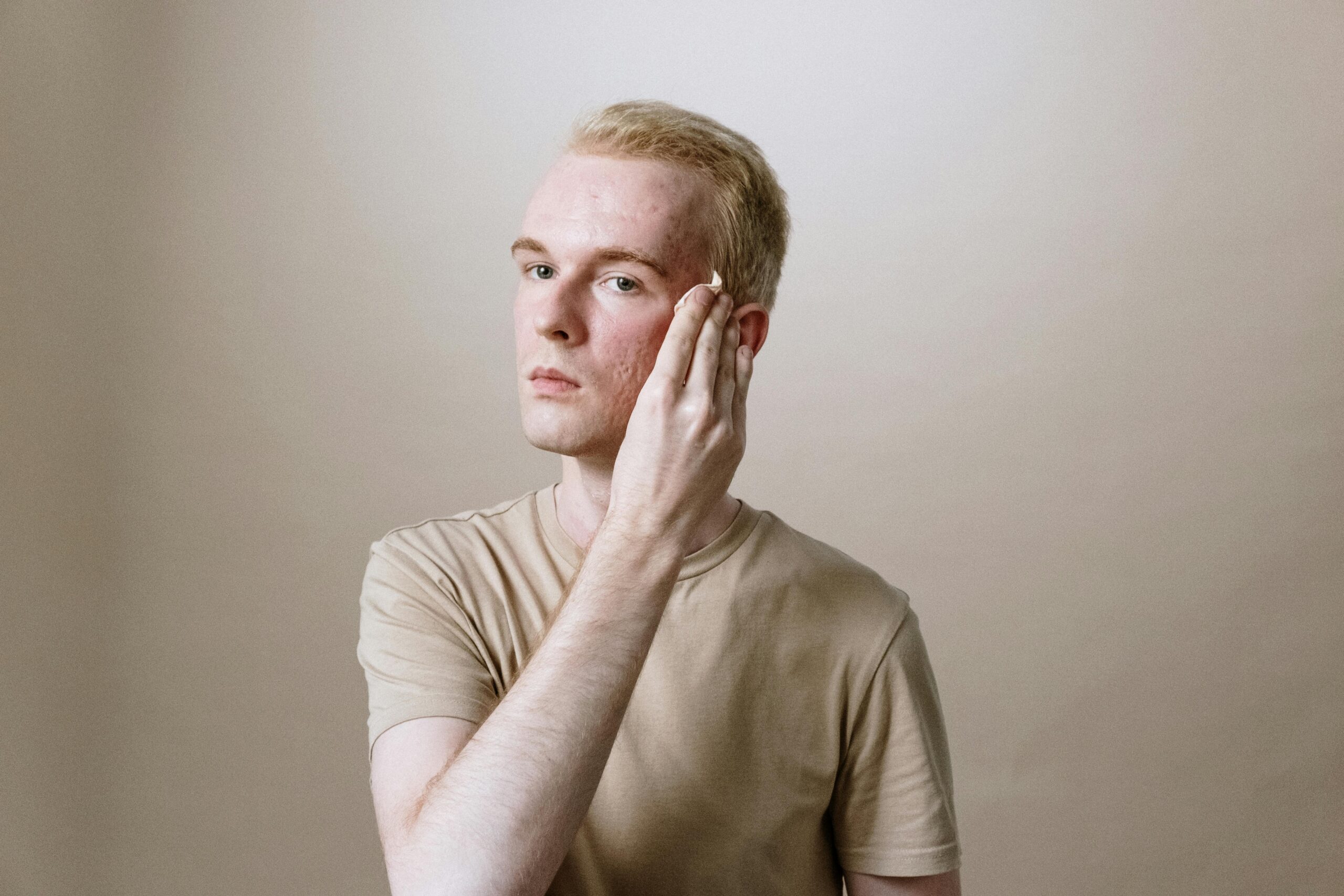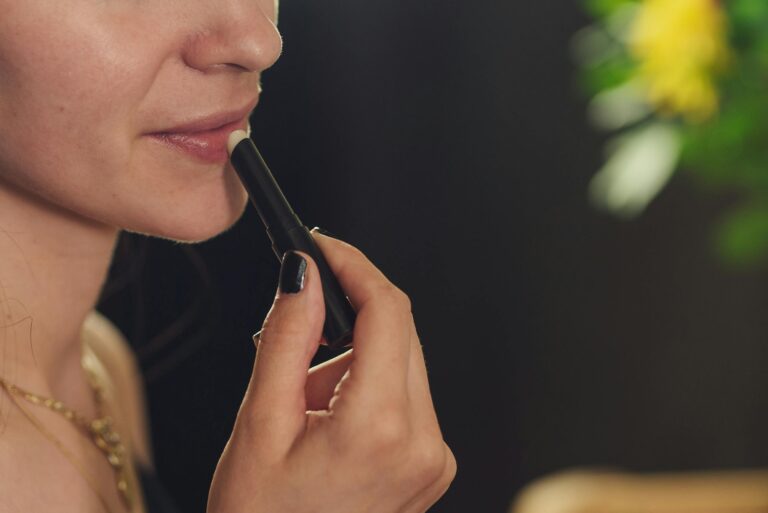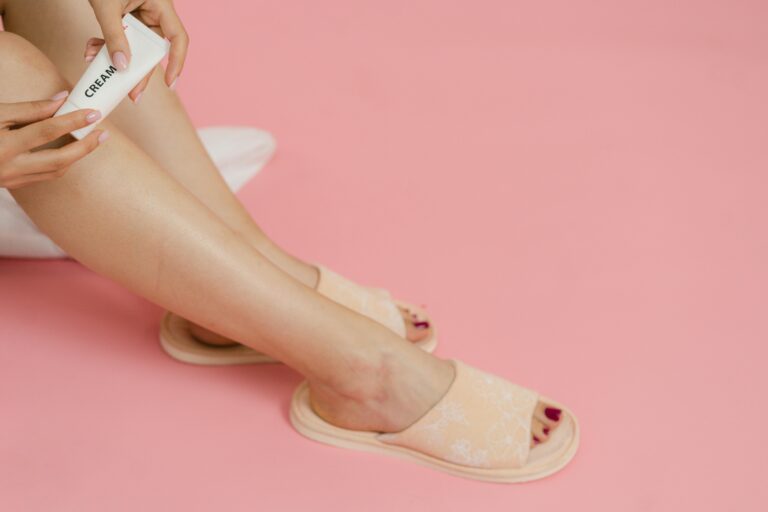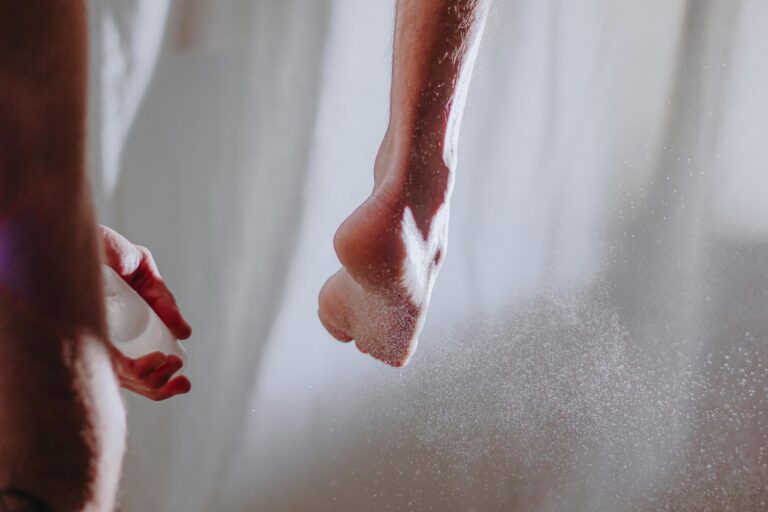Dealing with rosacea and persistent redness can be frustrating and overwhelming. The visible signs, like flushing and small bumps, often affect more than just your skin—they can impact your confidence and daily life.
While the causes of rosacea aren’t fully understood, there are effective treatments that can help manage its symptoms and reduce redness. This guide will walk you through how to choose the best treatment for your skin, based on your specific needs and skin type.
Understanding Rosacea and Redness
Rosacea is a chronic skin condition that causes inflammation, visible blood vessels, and redness, particularly on the face. It often starts with a tendency to blush more easily but can progress to more intense, persistent redness.
While there’s no cure for rosacea, its symptoms can be managed. Identifying triggers like sun exposure, stress, spicy foods, or alcohol is crucial, as avoiding them can help reduce flare-ups. For treatment, your skin’s unique needs and your specific rosacea symptoms should guide your choices.
Key Considerations for Choosing a Treatment
Not all rosacea treatments work the same for everyone. It’s vital to assess your condition carefully to find what works best for you. Here are some critical factors to consider when selecting a treatment:
1. Severity of Your Rosacea
The severity of your rosacea plays a significant role in determining the right treatment. Mild rosacea might be controlled with over-the-counter skincare products, while moderate to severe cases may require prescription medications or even laser treatments.
2. Your Skin Type
Knowing your skin type—whether it’s oily, dry, or sensitive—can guide you toward products and treatments that won’t exacerbate your condition. For example, sensitive skin may need gentler formulas to avoid further irritation.
3. Personal Triggers
Rosacea triggers vary from person to person. Some might find flare-ups linked to hot drinks, while others notice issues with environmental factors like wind or sunlight. Identifying and managing your personal triggers is critical for keeping symptoms in check.
4. Long-Term vs. Immediate Results
Some treatments provide immediate relief, while others are designed for long-term control. For example, topical treatments like metronidazole offer quick results, while laser treatments target blood vessels for more lasting changes.
Common Treatment Options for Rosacea and Redness
Finding the right treatment may require some trial and error, as no single approach works for everyone. Below are some of the most common treatments for managing rosacea and redness.
Topical Treatments
Topical creams and gels are often the first line of defense for mild to moderate rosacea. These treatments are applied directly to the skin and work by reducing inflammation, killing bacteria, or shrinking blood vessels to reduce redness.
- Metronidazole: One of the most commonly prescribed topical treatments, metronidazole is an anti-inflammatory and antibiotic that helps reduce redness and bumps.
- Azelaic Acid: This treatment helps by reducing inflammation and decreasing the production of keratin, which can lead to clogged pores and bumps.
- Ivermectin: Often used for inflammatory lesions associated with rosacea, ivermectin has anti-inflammatory and anti-parasitic properties.
Oral Medications
Oral medications are typically used for more severe cases of rosacea, especially when topical treatments are ineffective. These medications work from within to target inflammation or infection.
- Doxycycline: This antibiotic is commonly prescribed to reduce inflammation. It can help with both redness and the acne-like bumps associated with rosacea.
- Isotretinoin: Though used less frequently, isotretinoin may be prescribed for severe cases of rosacea. It’s typically reserved for individuals who haven’t responded well to other treatments.
Laser and Light-Based Therapies
Laser and intense pulsed light (IPL) therapies can be effective for reducing the appearance of visible blood vessels and persistent redness. These treatments work by targeting dilated blood vessels beneath the skin.
- Pulsed Dye Laser (PDL): This treatment is ideal for those with visible blood vessels, as it targets the vascular components of rosacea.
- Intense Pulsed Light (IPL): IPL therapy can reduce overall redness and inflammation by penetrating deep into the skin to destroy damaged blood vessels.
Lifestyle Adjustments
Managing rosacea often involves making changes to your daily habits. Skincare, diet, and stress management can all play significant roles in reducing flare-ups.
- Gentle Skincare Routine: Opt for products that are fragrance-free and designed for sensitive skin. Avoid harsh scrubs or astringents that can irritate the skin.
- Sun Protection: UV exposure is a common rosacea trigger. Use a broad-spectrum sunscreen with an SPF of at least 30 daily to protect your skin.
- Stress Management: Stress is a common rosacea trigger, so finding ways to manage anxiety can help minimize flare-ups. Practices like meditation, yoga, or simply taking time to relax can have a big impact.
Choosing the Right Skincare Products
The skincare products you choose can either help manage your rosacea or make it worse. To avoid irritation and flare-ups, look for products that cater to sensitive skin and avoid potential irritants like alcohol, fragrance, and harsh exfoliants.
Cleansers
Opt for a mild, non-foaming cleanser that won’t strip your skin of its natural oils. Cleansers with soothing ingredients like aloe vera or chamomile can help calm inflammation and prevent irritation.
Moisturizers
Moisturizers are essential for keeping your skin hydrated and protected. Look for lightweight, hydrating formulas that include ingredients like hyaluronic acid or ceramides, which help restore the skin’s barrier.
Sunscreen
Sun exposure is one of the most common triggers for rosacea. Daily sunscreen use is non-negotiable. Choose a mineral-based sunscreen with zinc oxide or titanium dioxide, as these are less likely to cause irritation compared to chemical sunscreens.
When to See a Dermatologist
While many rosacea treatments are available over the counter, there are times when seeing a dermatologist is necessary. If your symptoms worsen, or if you’re unsure what’s causing your flare-ups, a dermatologist can guide you through more advanced treatment options. Prescription medications or professional therapies like lasers may be required for more stubborn cases.
Conclusion
Choosing the right treatment for rosacea and redness requires a tailored approach. By understanding your skin’s needs, identifying triggers, and selecting appropriate treatments, you can effectively manage the condition and reduce its impact on your daily life. Always consult with a dermatologist if you’re unsure about a treatment plan, as they can provide personalized advice based on your skin type and symptoms.
FAQs
1. What is the best treatment for mild rosacea?
For mild rosacea, over-the-counter products like gentle cleansers, moisturizers, and sunscreens are often effective. Topical treatments like metronidazole or azelaic acid can also help reduce redness and inflammation.
2. Can diet affect rosacea flare-ups?
Yes, diet can play a role in rosacea flare-ups. Common triggers include spicy foods, alcohol, and hot beverages. Keeping a food diary can help you identify your personal triggers.
3. How long does it take for rosacea treatments to work?
The effectiveness of treatments can vary. Topical treatments may show improvement within a few weeks, while laser therapies may require several sessions before noticeable results are seen.
4. Are there natural remedies for rosacea?
Some individuals find relief using natural remedies like green tea extract or aloe vera, but these should be used with caution. Always consult with a dermatologist before trying any new treatment.
5. Can rosacea be cured?
Rosacea cannot be cured, but its symptoms can be managed with proper treatment. Regular use of skincare products, lifestyle adjustments, and medical interventions can help control flare-ups.
6. Is rosacea more common in certain skin types?
Rosacea is more common in people with fair skin, though it can affect individuals of all skin types. Those with sensitive skin are often more prone to flare-ups.
7. Can stress cause rosacea?
Yes, stress is a common trigger for rosacea flare-ups. Finding ways to manage stress through relaxation techniques, exercise, or meditation can help reduce the frequency of symptoms.



